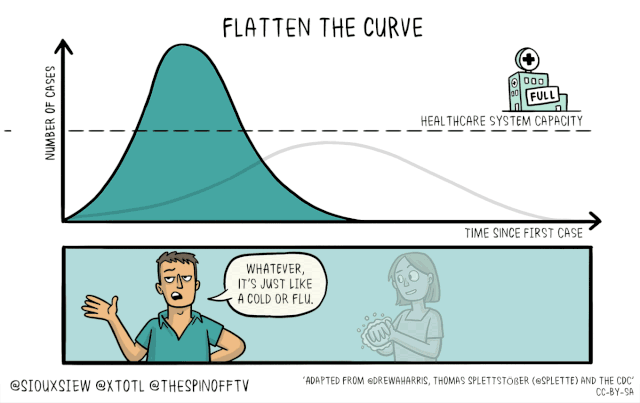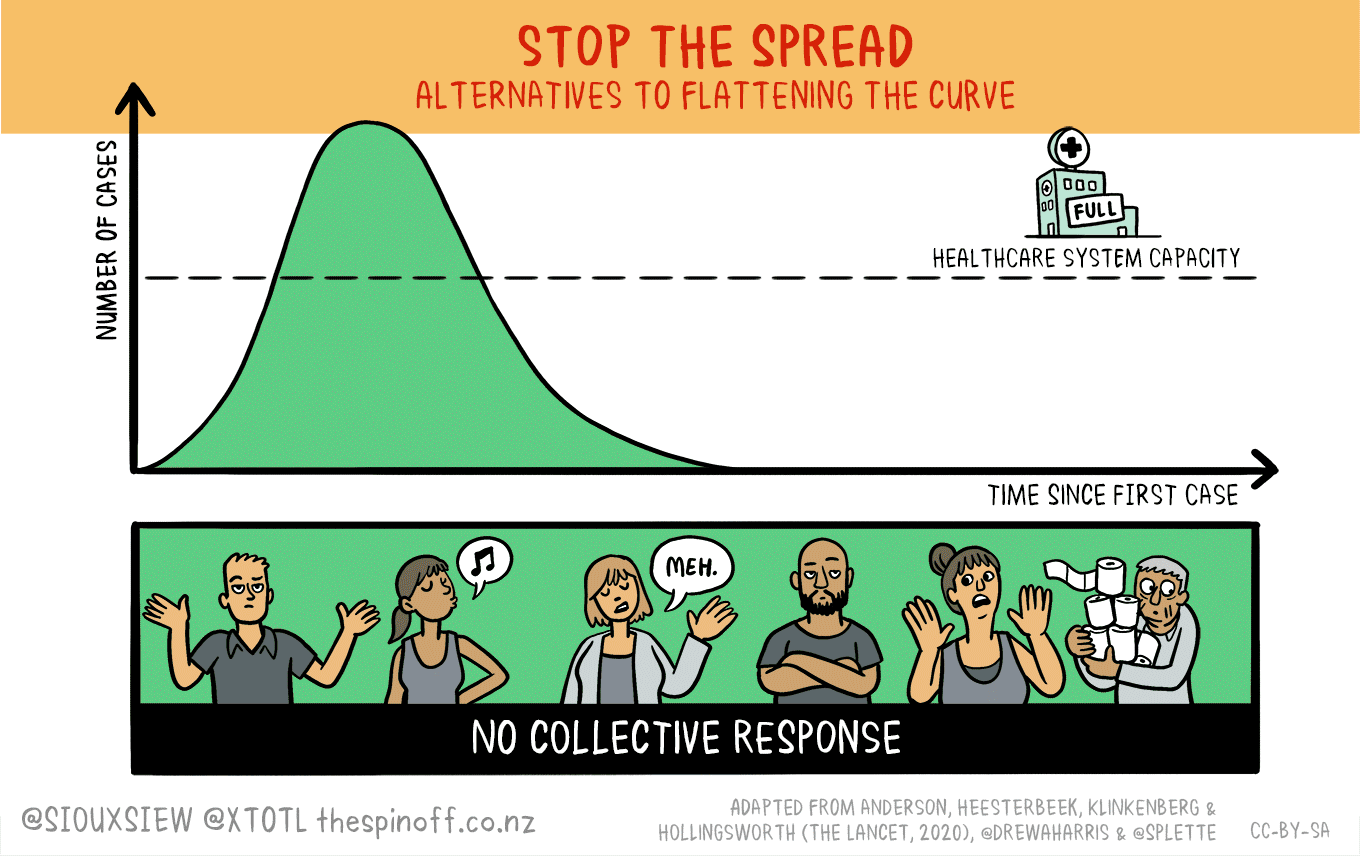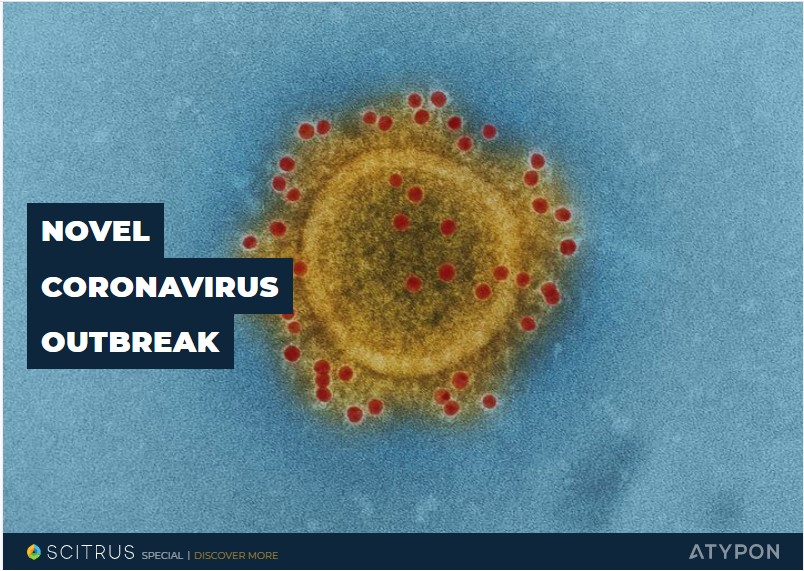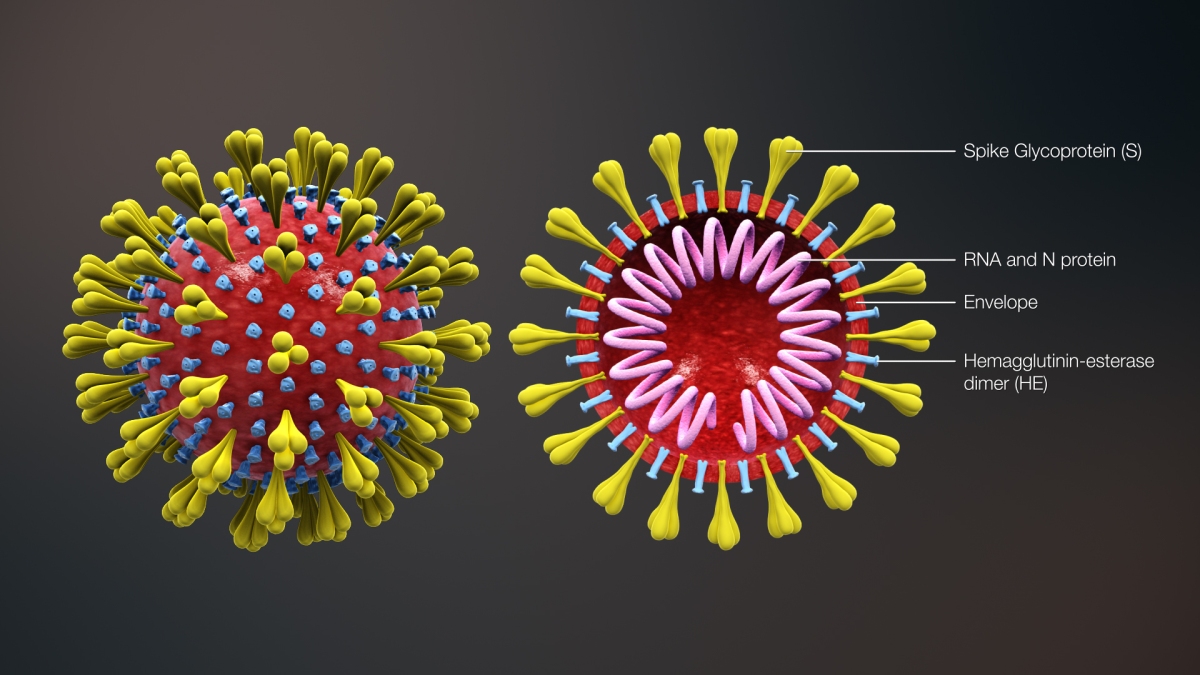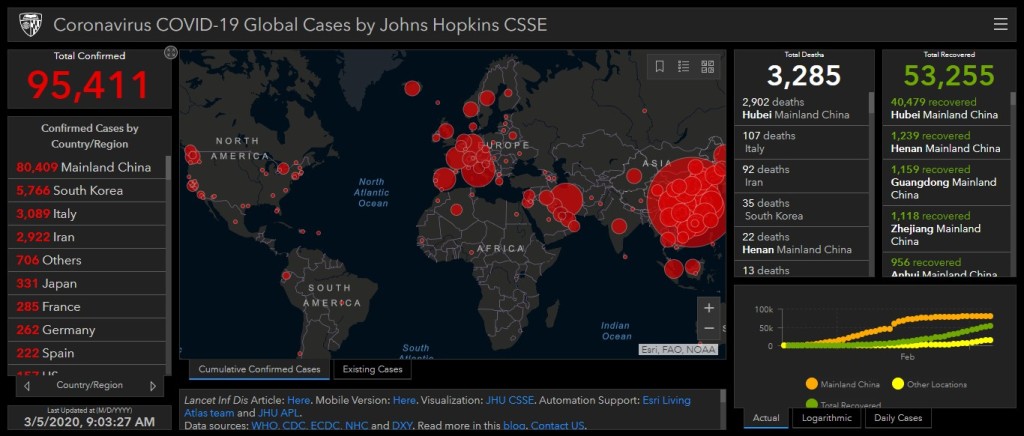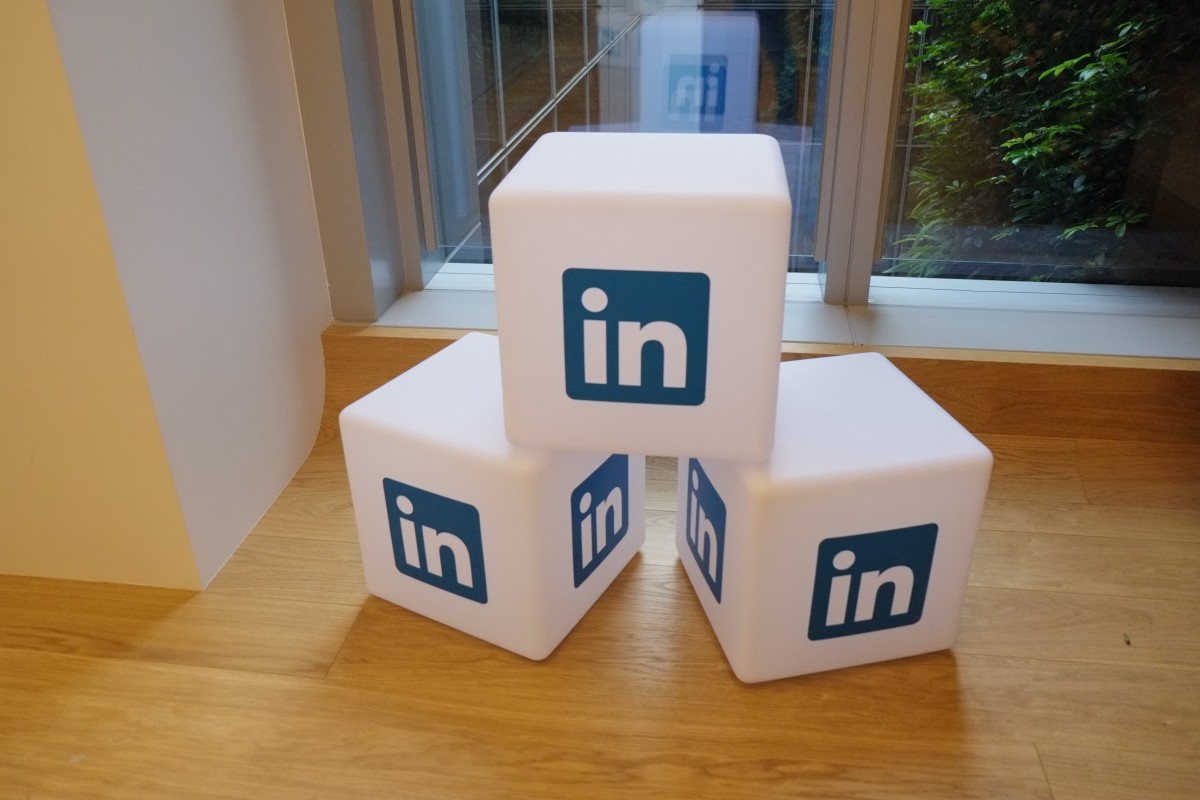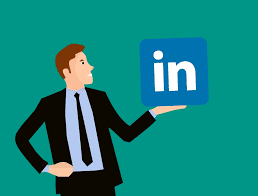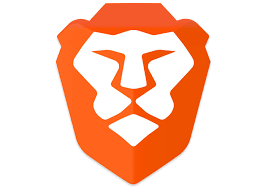This is one question I’ve been asked multiple times by trainees whenever I’ve conducted my LinkedIn training sessions for various senior executives across the globe. The typical query is that, “I just don’t know that person, so why should I connect with him/her?” Well, for starters, LinkedIn is not Facebook. The one goal to keep in mind when interacting on LinkedIn is that we’re here to network. Yes, network is the key word here. But that also doesn’t mean you should connect with just about anyone and everyone—there’s some method to this madness!
LinkedIn is by far the world’s largest professional network, and it is a tool that helps you build your network for whatever professional purpose you desire. So, the fact that you need to actively build your network to extend your outreach is a no-brainer. But you need to be judicious in your approach to avoid being a spam target and your LinkedIn feed becoming a complete mess. Read on if you’re really serious about networking on LinkedIn.
Should you accept a request from a complete stranger?
There’s no straight answer to that! This will depend on a number of factors and will differ from person to person. To make things easy, there are a few criteria you can apply to filter out the crappy ones.
When is it best to ignore?
Ignore the request when,
- The person is not from your company, function, or industry, OR
- The invitation text is not explanatory/customized, OR
- The person is from a competing company, OR
- The person is a recruiter, and you’re currently not looking for a change.
When is it safe to accept an invitation?
Accept the request when,
- The person is from your company, function, or industry, OR
- The invitation text explains why it is relevant to connect to that person, OR
- The person seems to be a competent recruiter AND you’re looking for a change, OR
- The person is a senior executive from a relevant company you’d like to network with.
Should you be wary of accepting requests from competitors?
You might want to think twice before accepting that request if you’re in a sales function and the person is from a competing company. How does that make a difference? Well, if you don’t have the right settings in place, your competitor might be able to view all your connections and figure out your existing clients or prospects. However, there might not be much harm in connecting with a direct competitor too if you have the right settings in place.
What does a connection get to know about you?
This is a big fear that a lot of people have. A connection would get to know pretty much nothing apart from your public profile and activity if you have the right settings in place! Head straight to “Settings & Privacy” on your LinkedIn and click on “Visibility” on the right-hand side panel. Among the various options available, you have “Who can see or download your email address.” You can choose to even not let your connections view your email address—they’ll only be able to contact you through LinkedIn’s messaging feature!
It’s only if someone is outside your third-degree network would they not be able to view your public LinkedIn activity. Remember, if someone within your third-degree network needs to track your activity on LinkedIn, they can do that anyway by visiting your profile and without even connecting with you. So, fear not—if and when required, you can remove anyone from your connections without even letting that person get any notification.
Interested in getting personalized LinkedIn training? Want to get 10X impact on LinkedIn?
If you’re looking for a personalized online LinkedIn training session for yourself or your team, a training session can help you understand LinkedIn well and get 10X impact. Drop in an email to minhaj dot rais at outlook.com along with your LinkedIn profile URL(s) to know more.


